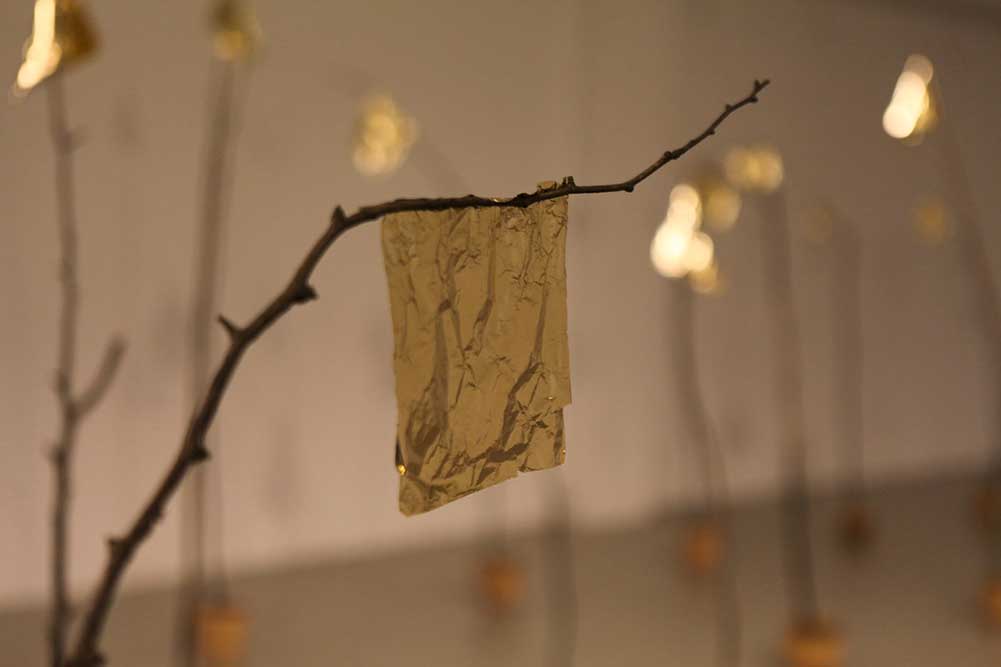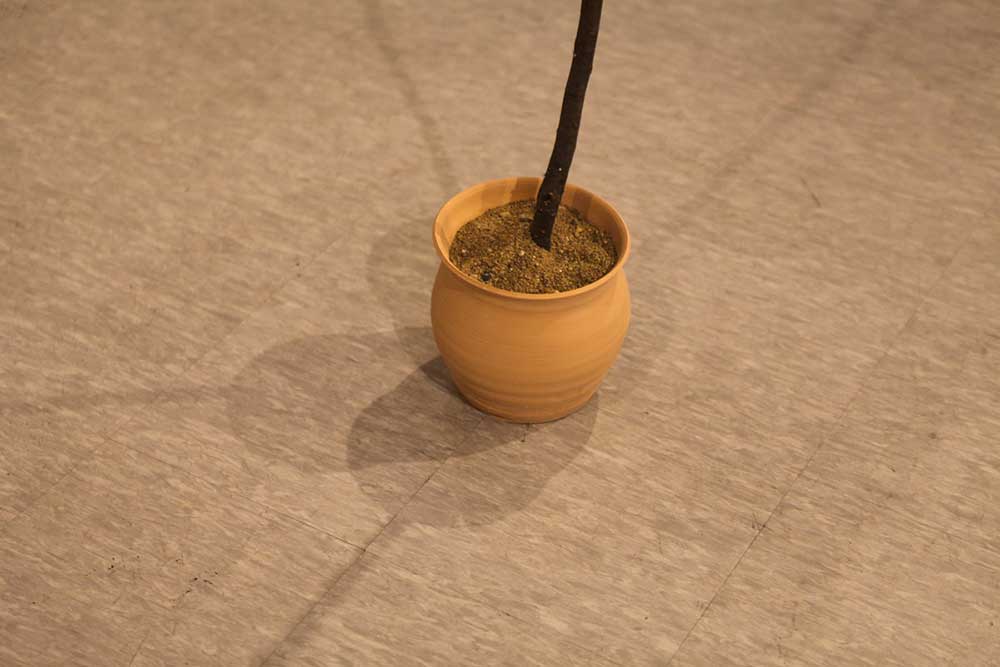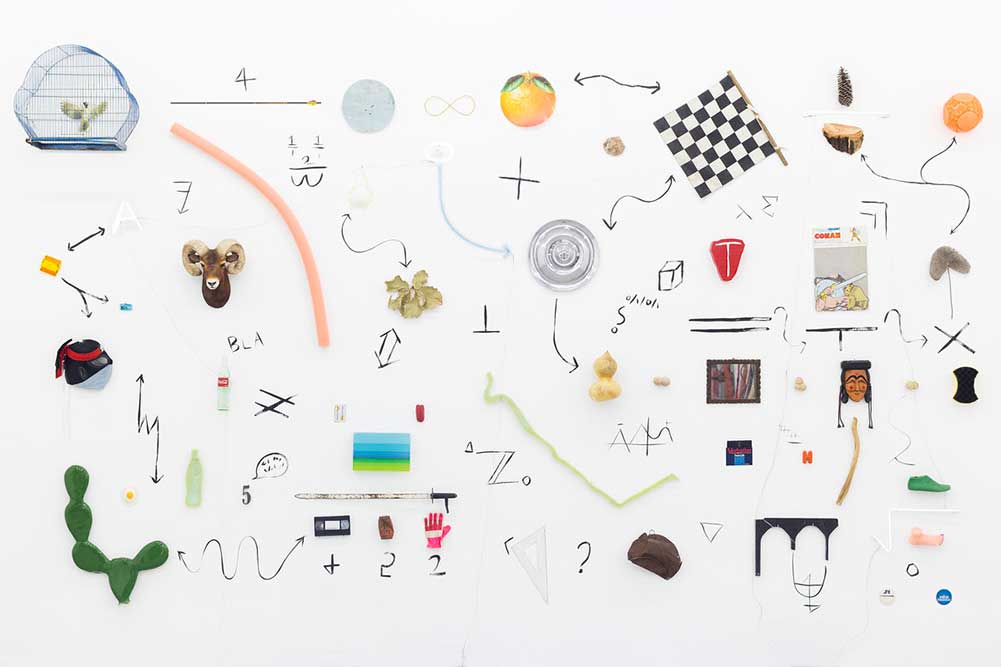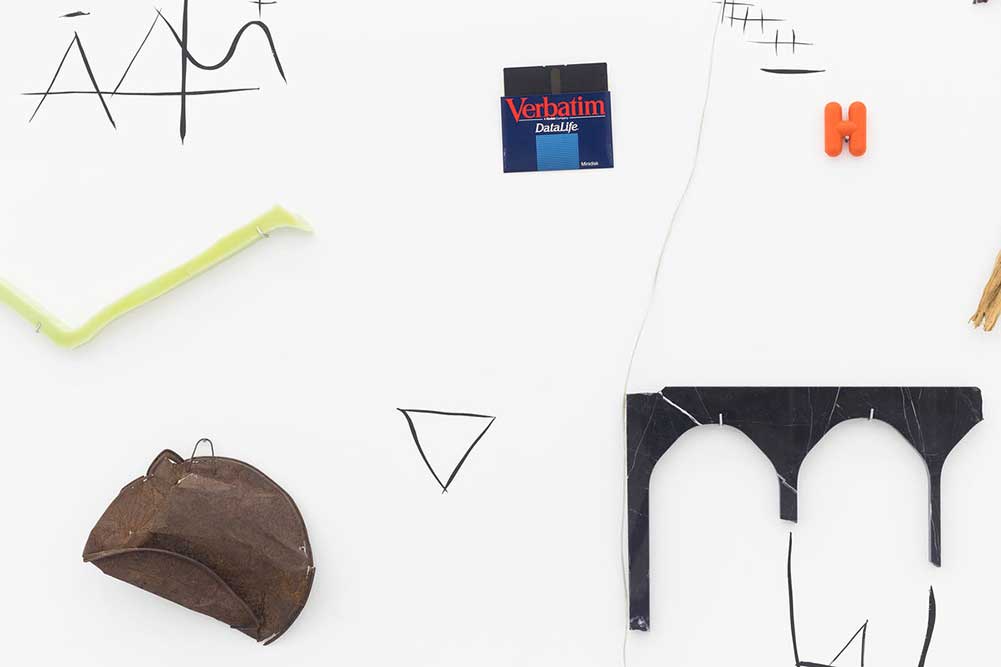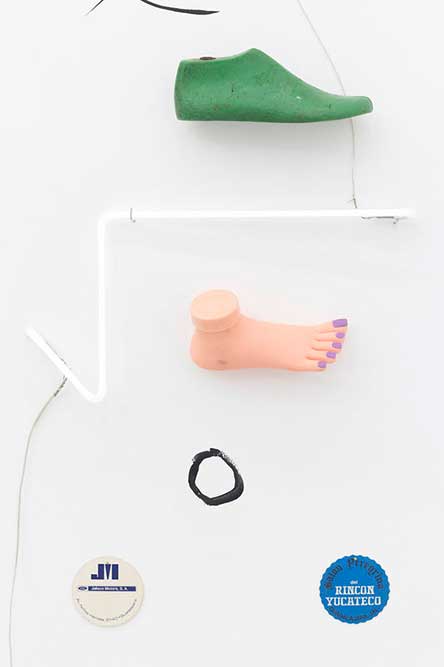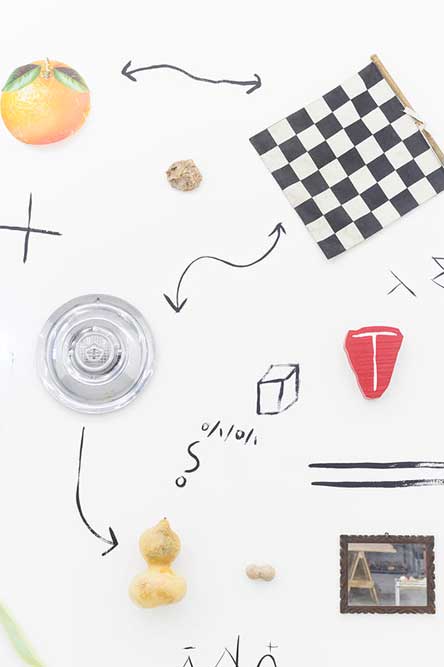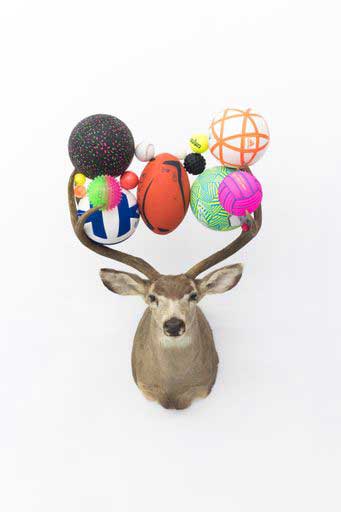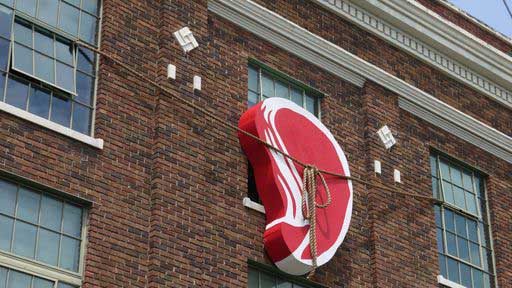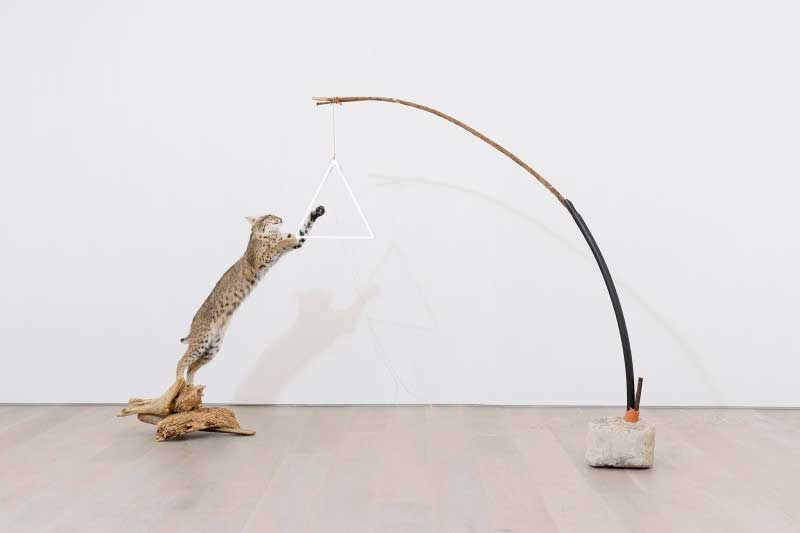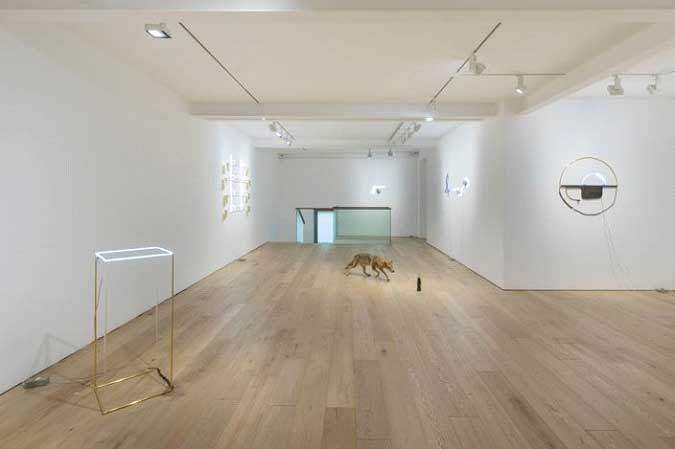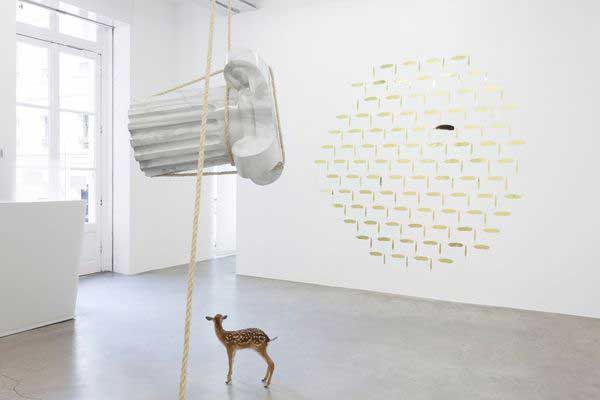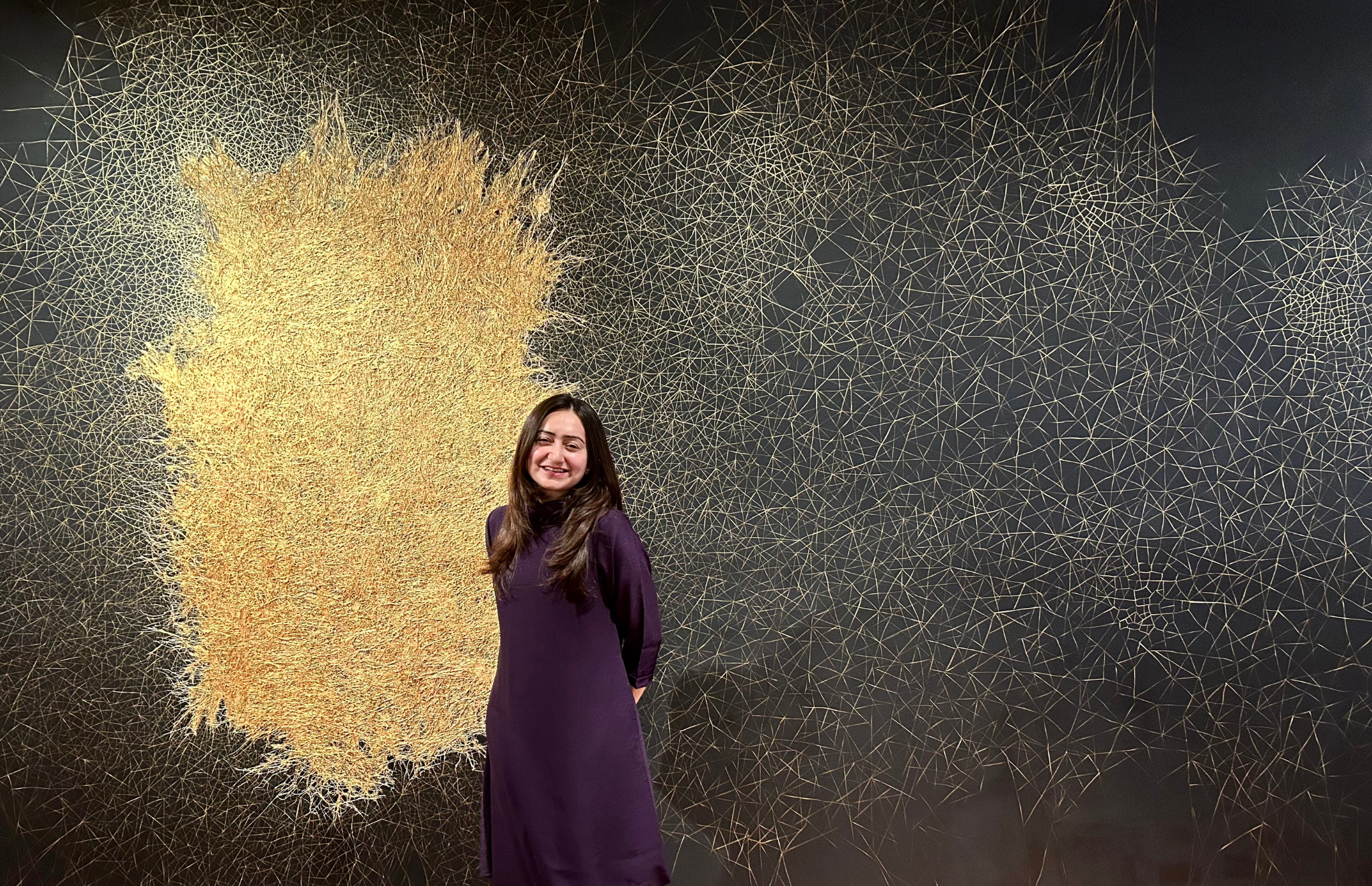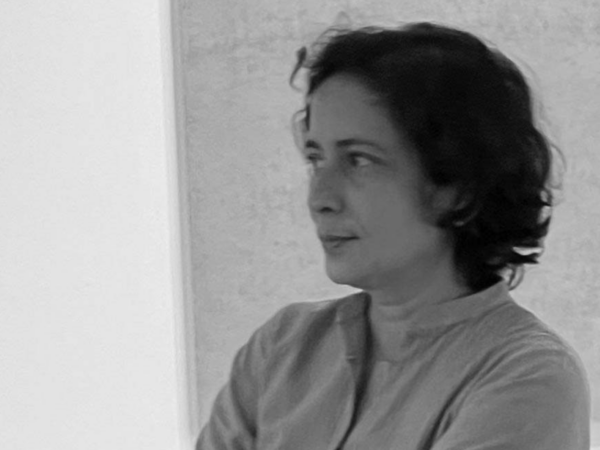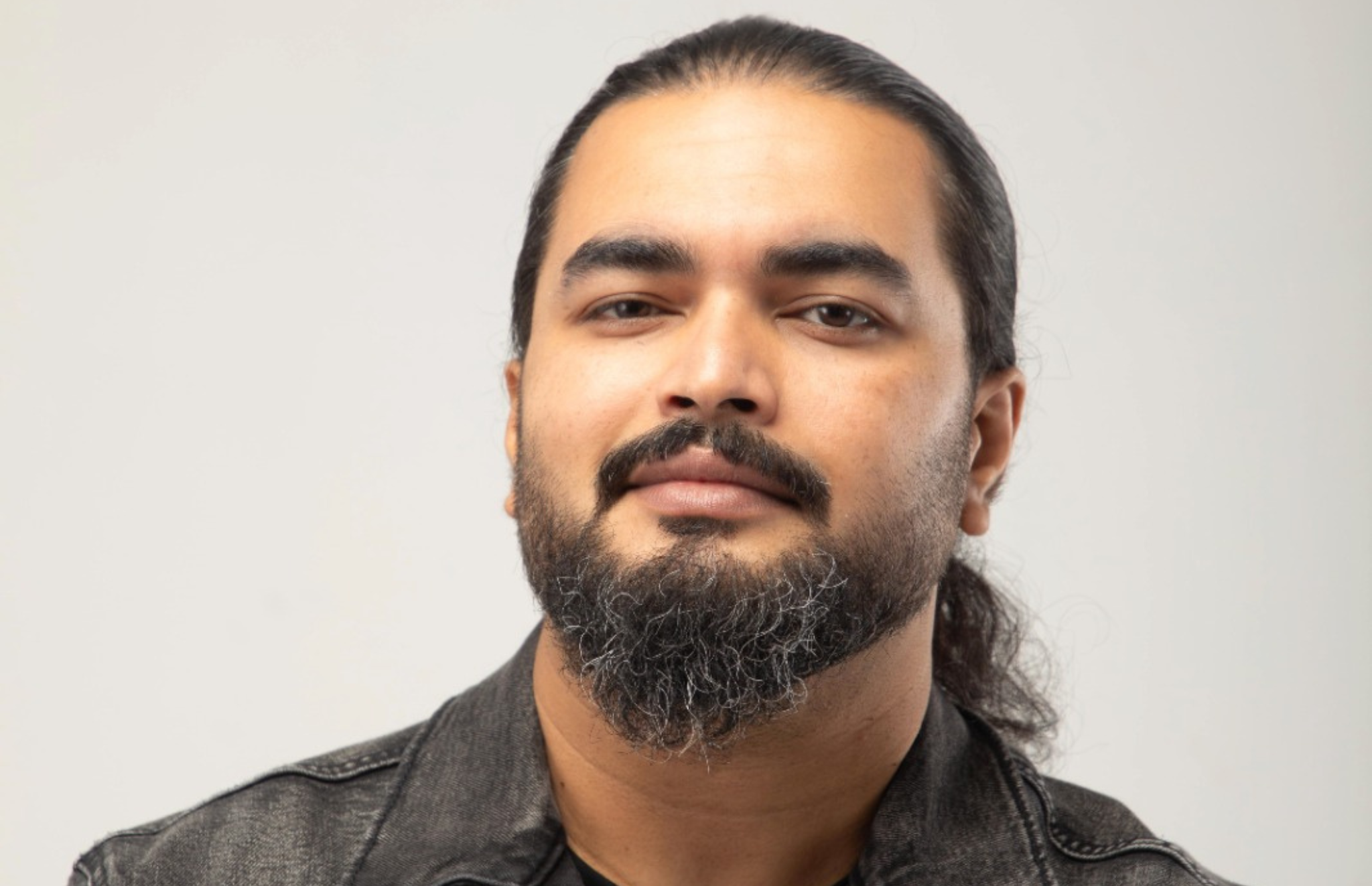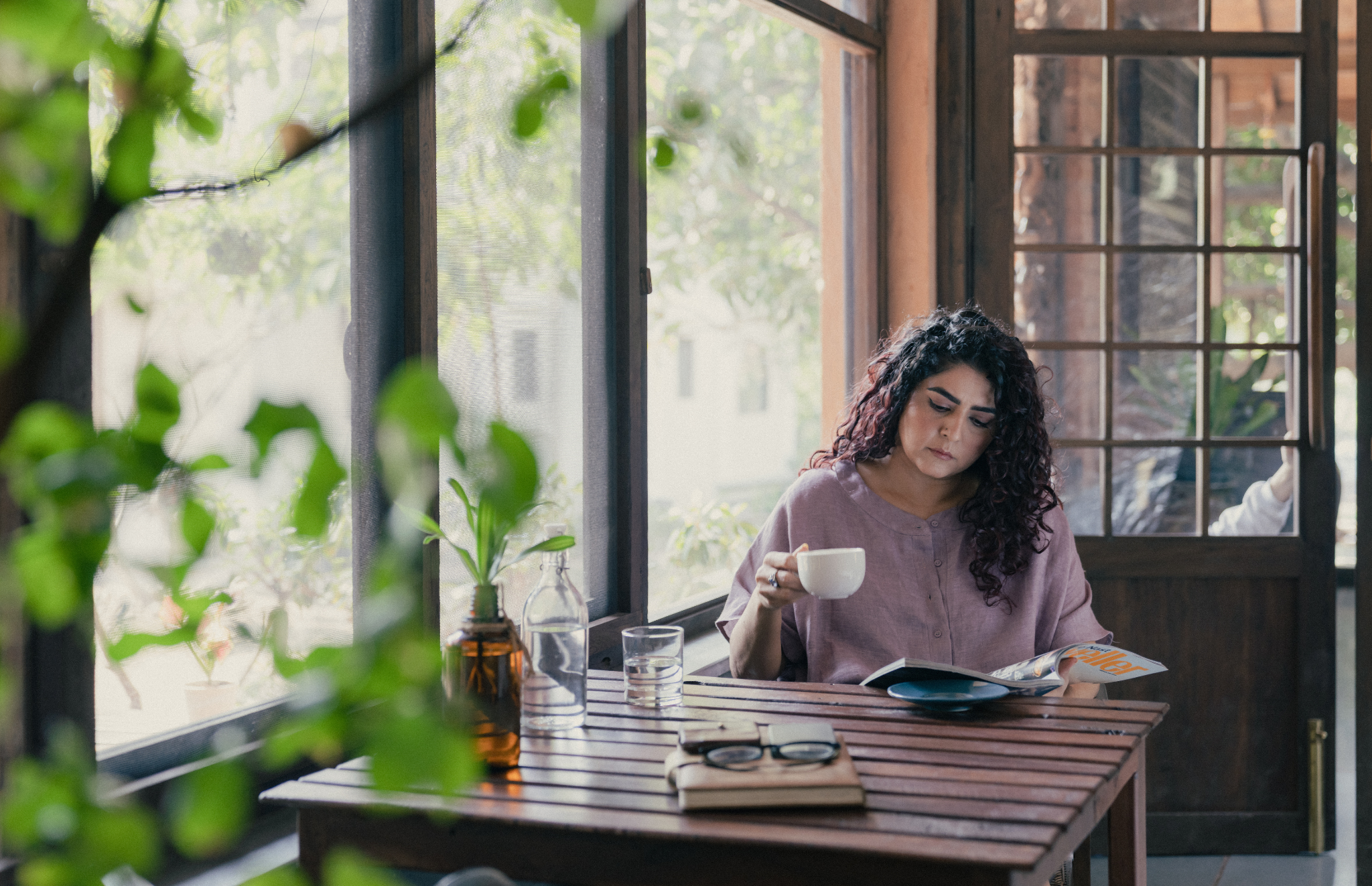Gabriel Rico’s work is characterized by the interrelation of seemingly disparate objects. A self-proclaimed “ontologist with a heuristic methodology,” Rico pairs found, collected, and manufactured materials to create sculptures that invite viewers to reflect on the relationship between humans and our natural environment. He frequently uses neon, taxidermy, ceramics, branches, and more personal pieces of his past to create an equation or formulation, achieving a precise geometry despite the organic, roughly hewn character of his materials. His installations ironically and poetically combine natural and unnatural forms, insisting on a necessary contemplation of their asymmetry as well as our own cultural and political flaws.
SP: Could you tell us a little more about your educational and artistic background?
GR: I studied architecture, during this period of time I realized that the construction of a building requires the mixture of different materials to achieve a structural coherence, therefore suggesting a form. I believe that this principle is the same that has helped me in the selection of materials I use to produce my pieces.
SP: Could you tell us about your exhibition at the Perrotin gallery: “Nature Loves to Hide”?
GR: The title is a quote from the Greek philosopher Heraclitus, which I took as a title for its simplicity and elegance to refer to a factor that normally stuns our critical sense when we want to find quantitative meanings in the natural world. Nature is there for what it was created and not to solve our needs, whatever they may be.
The pieces that make up this exhibition suggest a journey to a particular time, in which I decided to use certain elements of nature instead of others, making this decision and choosing another, it is as if I could decipher the hidden relationship that exists between elements of nature and those that are produced by man and it is this fact that combines the title of the exhibition with the concept of most of the pieces.
SP: How do you find inspiration for your works of art?
GR: My relationship with objects and the meaning they acquire when I change their context and I suppose them in a new situation, a situation outside their logic of use. I am also inspired by scientific principles and some philosophical analogies.
The contemplation of nature is undoubtedly one of the most constant and robust sources. Art has the particularity of referring to certain moments in the history of humanity and it does so from the themes that are addressed in certain pieces or artistic movements, in addition to the materials used in the production of these pieces, it is from this factor that without a doubt could be read my art as one generated at a certain time specifically, for example in some pieces I use synthetic polymers (plastics) that are used to make accessories of different types, these materials are of recent production, since these synthetic polymers they were invented approximately two centuries ago, I mean that for example if in one of my pieces I use a CD then it can be understood that this piece could not be created before the CD was invented, if in this same piece I use a biodegradable plastic bag, the “When” this piece was produced is even clearer and I think that this way you can get several clues to build a n criteria about the place and time in which this piece was produced, of course these materials also offer a socio-cultural context regarding the time in which it was produced.
SP: What is your creative process like?
GR: I never separate my daily life from my creative process because, in reality, I am always with my eyes open to find new objects to study or include in future pieces, this is how I have been collecting things since I was a child, not knowing that at some point I could use them in the production of art pieces, that is how I have continued to collect different things, each trip I take is a journey of exploration and discovery
The collection that I have is a mixture of natural objects (rocks, shells, branches, and animal remains such as horns or skins) with objects directly related to the Anthropocene and that reflect the ideology of this moment in that era, in the period in which I have to live. These objects range from porcelain flowers and ceramic plates, through CDs, old cell phones, glass bottles, plastic fruits, to balls from different sports. Actually, when I choose to keep one of these objects, it is not clear when I will use it and less in what type of piece, I have kept objects for several years until I find the perfect piece to use as a final complement
SP: You have used the mediums of taxidermy, ceramic, and geometry before in your art. What would you say is your favorite tool of expression?
GR: I use taxidermy as a connection to a metaphysical world, in which the dead animal (when the taxidermy is well done), comes to life for a few seconds, just when the public first encounters the pieces in which I use taxidermy. and it is difficult for the brain to define whether the animal is alive or dead, it is during this illusory period that the animal metaphorically comes back to life and of course this factor achieves a transmutation into the meaning of the piece itself. I want to mention that most of the taxidermy I use comes from old animals sometimes considered antiques, which I buy in secondhand markets or from forgotten and recovered skins.
I use ceramics to make objects that I cannot find or that help me complete an idea more effectively and I use geometry as a channel through which nature and man are related through a horizontal and constantly growing dialogue.
I am constantly reading about physics and mathematics, I do it in a conscious way to study some branches of these sciences, such as topology or different theories that require the development of a new symbology in order to express certain values that represent particularities in nature, (the letter C represents the speed of light for example), the aesthetics generated by assuming new equations or formulas with which you try to define essential factors in the universe occurs naturally and obeys more to practice than compositional requirements and just the latter are Where I base most of the aesthetic principle in my work because for me the logic used in the creation of a new equation has a strong load of ideological freedom to refer to concepts that until then were abstract. My equations try to fracture and decompose the contemporary human being and refer to the collective memory and in this way obtain a much more visceral image of what we are now.
SP: What advice would you give to young artists right now?
GR: Use the extraordinary possibilities of exchanging information that we have today subscribe to various computer platforms related to their interests so that they constantly continue to complement their studies and establish relationships with other disciplines other than art, this strengthens personal criteria and supposes an effective judgment not only in art but in the value of ideas in general.
SP: Is there anything you have been working on recently? How has the pandemic influenced your art?
GR: We are seeing how nature is regaining ground within cities, wild felines walking on the streets of cities in Southeast Asia, bears walking in downtown Chicago, the crystal clear waters of Venice, I try to make my work reflect on the possibility of the extinction of the human race and the possible ruins of civilization and how it is that nature would react to a situation like these, the interesting thing for me at this moment of crisis is to be able to glimpse a small part of what could happen, in this sense most of my work is related in one way or another with what is currently happening.
SP:Do you have any upcoming projects?
GR: I am preparing a public sculpture that I am going to present at the FEMSA biennial, in November of this year in the city of Pátzcuaro in Mexico, it is a sculpture of 18 meters high in which I am going to use pyrotechnics. I am also working on a solo exhibition that I will present at the OMR gallery in Mexico City which will be presented in February 2021 and in which I will mix augmented reality with taxidermy.
SP: What’s your vision for the future?
GR: I try to do my part, but the disinformation and indifference that exists on the part of most people towards what really matters is something that really worries me. I think we need to strengthen the channels through which information flows between people so that we can develop criteria based on the needs of everyone and not just a few.
Image Courtesy: Claire Dorn & Diego Arguelles
Find out more about the Artist and Gallery:
https://www.youtube.com/watch?v=GRazPeVp-8U&t=52s
https://www.perrotin.com/artists/Gabriel_Rico/296#images
https://www.youtube.com/watch?v=Wg3G7tI3q9U


